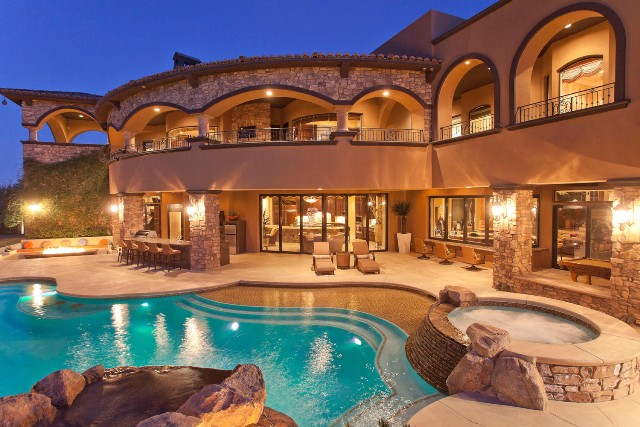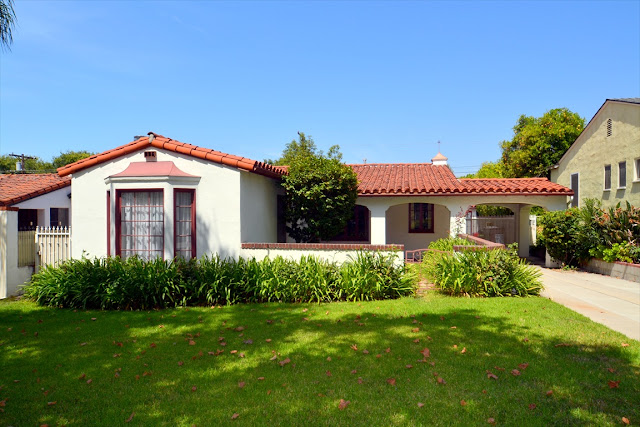Investigating The Sacreo In Architecture (Page 3)
When trained in the modern or non-traditional idiom and then expected to work in a tradition not entirely comprehended, the architect cannot possibly work at his/her creative or intuitive best and could only be fettered with an awkward idea of 'ideal" form and unfamiliar textual references.
Is this to mean that the anti-traditionalist, individualistic, otherwise talented as also responsible designer, practicing in a 'Secular' design theatre is doomed? Doomed to creating banal physical spaces, which have none of the intrinsic spiritual qualities of sacred architecture just because he lost the ability to read and understand the texts, is far removed from ritual and may not speak the language of the metaphysical?
A cursory survey shows that we have enough contemporary expressions of architecture considerable merit to rubbish any assumption that suggests that only through the texts (or traditional design methods) one would be able to achieve high-quality architecture.
On the contrary, for a thorough knowledge of architecture that includes an awareness of current technology, materials and construction systems, happenings in the profession around the globe, it is clear that just a study of the texts and traditional systems of planning and construction alone will not suffice.
The higher objective of every one of those texts was to build in accordance with the accepted canons of aesthetics to provide enjoyment through useful, visually pleasing spaces that evoked a feeling of well-being and contentment in the user. Thus traditional design philosophy is profound and even universal and must be reinterpreted in spirit rather than substance, making it relevant to the present. In this, we may well have the basis of a 'new' design theory.
To strike the right balance between tradition and modernity requires the deliberations of the reflective professional. And because the operative Word is "reflective' the apparently contradictory terms ‘traditionalist' and "modernist' lose much of their significance and the two find common ground. And it would not be too presumptuous to assume that even if not clothed in the esoteric and Spirituality, today's best practices in architecture and construction may well acquire certain sanctity even if their creations do not quite qualify as "architecture for the sacred'.
(Continues…)




Comments
Post a Comment